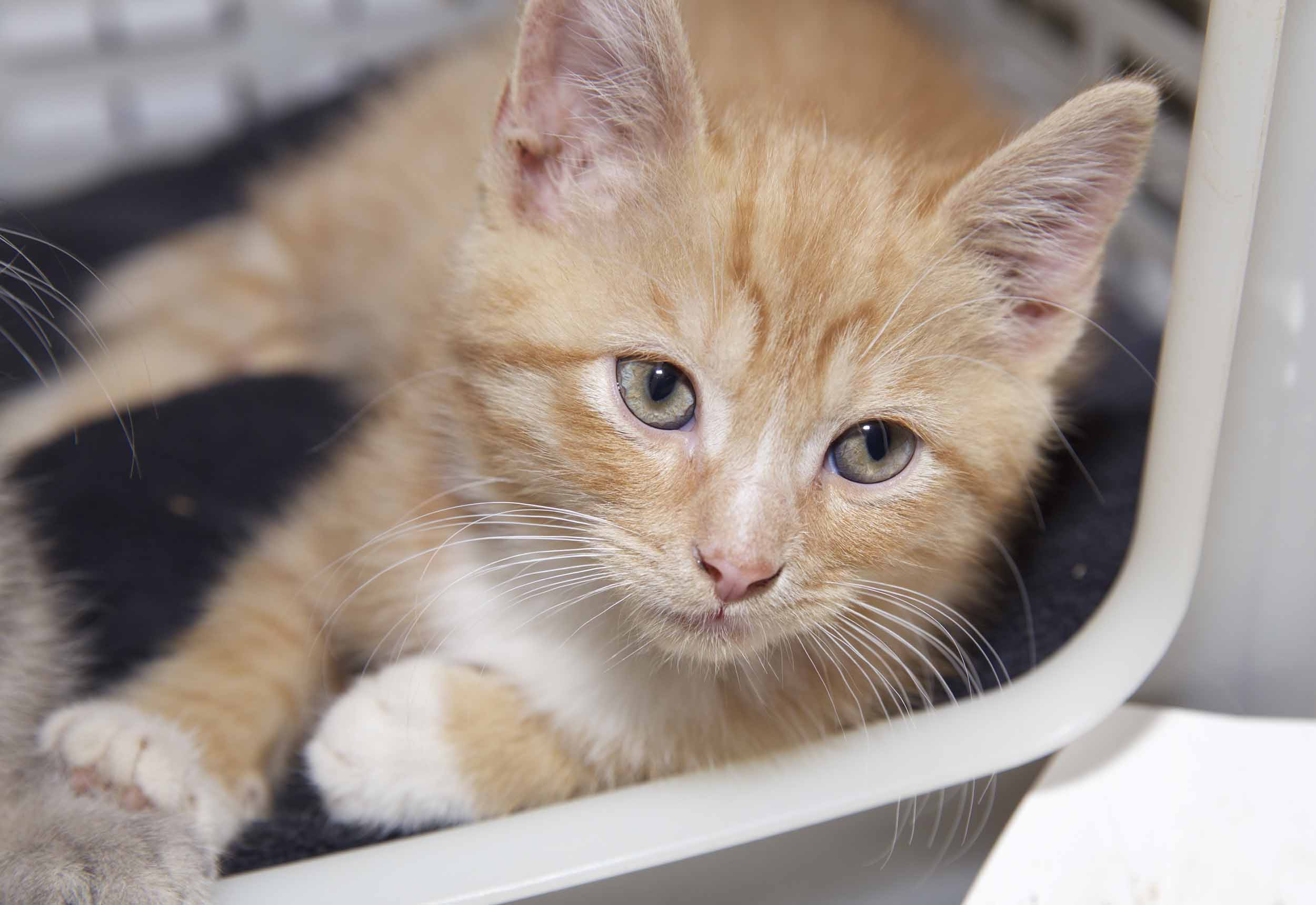BY ELLIE WHITCOMB PAYNE
How to toilet-train your cat—and if you should even try.
A litter-less life may be a lofty aspiration for any admitted cat lover, but despite the cat’s general reputation for stubbornness, it is possible to teach our feline friends a few tricks. People everywhere are attempting toilet training with their cats, some with success, some with just a mess. Whether you should attempt to toilet train your kitty depends on the pet’s health and attitude, as well as your ability for patience and vigilance. Here’s what you need to know if you think your cat is a good candidate for the commode.
WHO CAN DO IT?
First and foremost, it is not advised that you flush cat feces if you use a municipal water system because cat feces can carry Toxoplasma gondii. (See sidebar for more information.) The dangerous parasite, though not harmful to healthy humans, can infect and kill marine animals. Sewage treatment does not destroy the parasite, and the contaminated water from your toilet can make its way into our waterways. An indoor cat is far less likely to carry the deadly parasite; however the chance of infection is still possible.
For those who use a private septic system, flushing cat poop could be okay. You’ll want to make sure that your tank can handle the extra load and will not be stressed beyond its capabilities. Cat feces contain more hair than human waste, which can clog drains and interfere with proper functioning. For these reasons, toilet training with several cats is not recommended. Also, never flush clay cat litter into your septic tank as it can greatly increase the amount of sludge in your tank, requiring more frequent, and costly, pumping.
Lastly, attitude is everything when deciding whether your cat is trainable, says C.C. Bourgeois, licensed trainer and owner of SouthPaw Pet Care and Wonder Dog University. “You want a cat that is interactive, curious and interested in learning,” she says, adding that you should test your pet’s willingness to cooperate before deciding to toilet train. A good place to start is with verbal target training and a high-five. By target training first with activities that come natural to your cat, you can gradually shape behavior, rewarding increasingly difficult actions. So, when the cat touches your hand, which it is likely to do if you present it, you give a verbal cue, such as “yes,” then reward with a treat. Try for 10 successful repetitions before shifting your pet’s attention to a bell hanging from the bathroom doorknob. By putting your hand behind the bell, you can now start to reward the cat for each successful ring. If it can learn to do this, not only will you know your cat is trainable, but you’ll also have a useful doorbell for it to ring if it needs to use the latrine.
HOW IT’S DONE
You will continue using verbal target training as you shift focus to the bathroom, and eventually the toilet. “The best thing to train a cat to do first is to go to a mat,” says Bourgeois. “Most cats like paper, so most will readily go to sit on it.” She explains to first put the mat on the floor next to the toilet. Taking baby-steps and rewarding with verbal cues and treats, gradually move the mat to higher surfaces until finally placing it on the toilet. The speed at which you can move the cat to the actual toilet lid, says Bourgeois, depends on the interactivity of your cat. “Eventually, you will replace the mat with the actual litter box on the pedestal,” says Bourgeois. At this point, you may want to consider placing a receptacle inside the toilet bowl that will contain litter, so your cat can learn to balance on the seat. Products available online, such as the CitiKitty Cat Toilet Training Kit, can help you take it from here. Note there is a risk of litter ending up in your bowl with these products, so be sure to use a biodegradable substrate. When you are not actively training, you should remove the mat/box, says Bourgeois, so your praise has more impact and desired actions do not go unrewarded.
Toilet training with cats is not easy. As you raise the mat, you may need to make the transitions slowly. “Know that you might have some setbacks, and its okay to take a step backward,” suggests Bourgeois. “These tactics, known as shaping, take some training chops.” Bourgeois admits she is not a big fan of toilet training cats, however, because it’s cumbersome. “Cats naturally bury feces, but we try to humanize them to make them more convenient for us.”
So, the bottom line? Toilet training a cat can be done and the payoff is huge. If you’re ready to get down and dirty, stand by with some disinfectant and a treat bag, but be warned of what success may look like: You, patiently waiting your turn, as Fluffy finishes her business on the potty.
ABOUT TOXOPLASMOSIS
While healthy humans (and cats) infected with the Toxoplasma gondii parasite generally never develop symptoms, Toxoplasmosis (the disease caused by Toxoplasma gondii infection) can cause severe problems for people with weakened immune systems. According to the CDC, Toxoplasmosis is transmitted by eating undercooked meat, ingesting oocysts found in cat feces, or from a pregnant woman to the fetus. Felines can ingest the parasite through contaminated meat.





